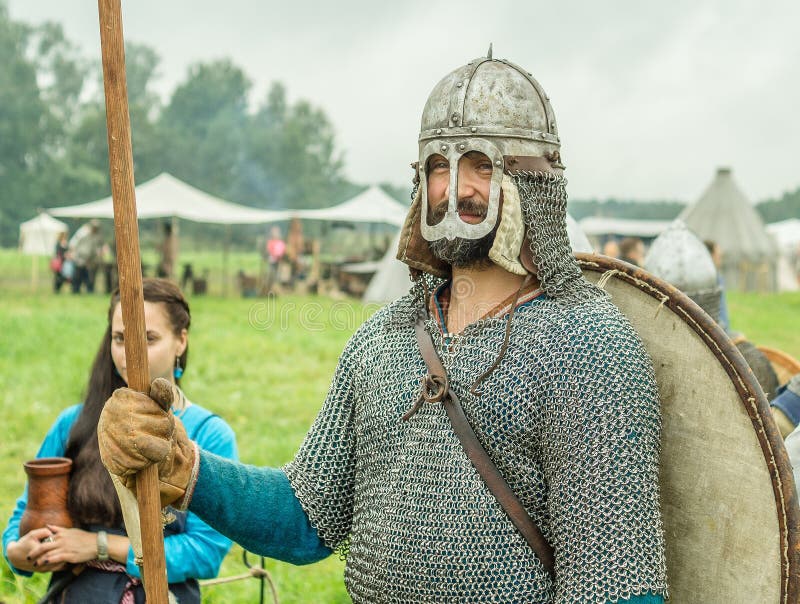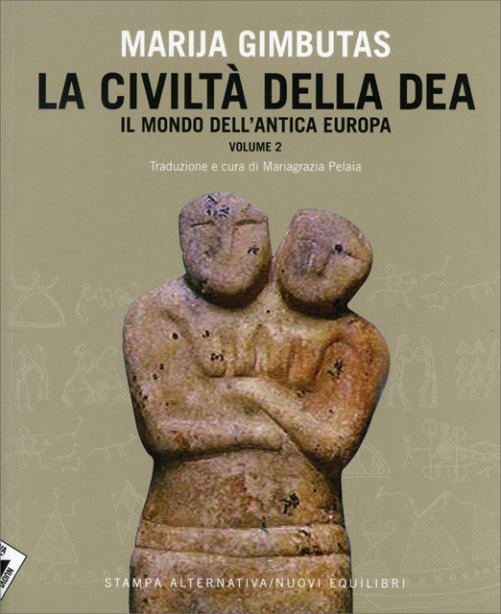
This Belorussian extended family was also called a zagruda. The boys worked with their father almost every day, and ate their meals in the central house belonging to their dad. The land, farming tools and animals were all collective family property. Such clusters of houses dotted the countryside around Minsk in Belorussia, where Donvar-Zapol’skij described them in 1897. The boys built houses for themselves across the yard after they got married. In traditional Eastern European families, a grandfather, his sons, and their families, commonly lived together on the same plot of land. At least the code of clan loyalty and blood vengeance seemed alive and well in modern Serbia as Gimbutas compiled this book. But much of the old order still survives in rural Serbia and the rest of Eastern Europe. In Schrader’s day, this kind of extended tribal family was already dissolving into urbanized nuclear families. These clans were loosely united in tribes, or pleme, which claimed tribal territory, and had tribal heads called zupan or starina. The women were accountable for sexual loyalty, the betrayal of which could also lead to blood vengeance.

The men understood themselves pledged to mutual defense and blood vengeance against external enemies. Relations between the male clan members were usually close, and had a military function. The various local zagrudas were aligned in clans called rodu, which claimed certain pastures, fields and forests as their own. Central to this was the zagruda, or extended patriarchal family, which was traditionally occupied in stock-breeding. The family structure there, Schrader said, was a clear reflection of the ancient Indo-European society. At that time, the Serbian homeland was divided between the states of Hercegovina and Montenegro.

For example she reports the early research by Otto Schrader, who in 1901 claimed to have found the original Proto-Indo-European culture-in Serbia.

Gimbutas explains the history of archaeological and sociological learning about Slavic people's through the many centuries.


 0 kommentar(er)
0 kommentar(er)
